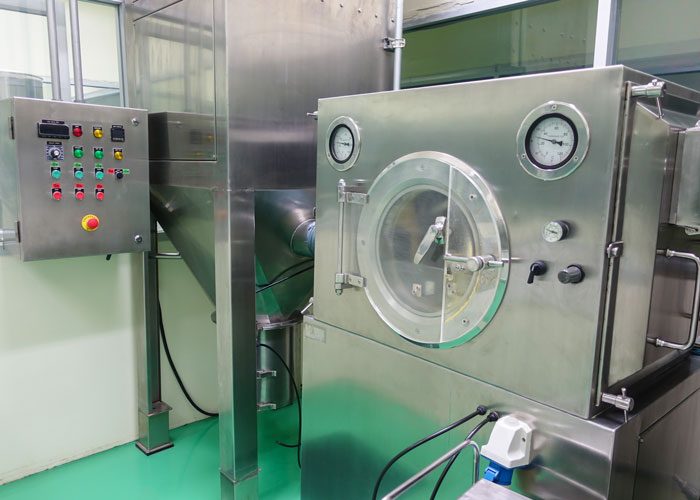Film coating is a common step in tablet manufacture that can be used to improve product appearance, organoleptic properties, or to facilitate swallowing. Functional film coats can also be used as a part of the product’s stabilisation strategy and to modify or delay drug release.

The film coat, along with the tablet shape and size, defines the appearance of the product. Distinctive colours and shapes can be important aspects of the brand image. Colour also helps patient to distinguish between different medications and is an important aspect of compliance. Patients are more responsive when the colour matches the therapeutic use, eg, blue is a calming colour and can be useful in sleep medications.1 Tablet colour is also linked with flavour perceptions2 – pink is considered to be sweeter than red, whereas, yellow is viewed as salty irrespective of the actual components of the formulation.3
Many elderly patients struggle to swallow solid oral dosage forms – a condition called dysphagia. Swallowing can be facilitated by both tablet design (small, caplet shaped) and the presence of a film coat.4 The US FDA has indicated that the absence of a film coat can either decrease or constrain tablet mobility compared with a coated tablet of the same size and shape.5
APIs are typically bitter tasting, and this can be a significant challenge in the development of oral liquid or oral suspension products, particularly for paediatric patients. For oral swallow tablets, this is less of an issue and it can be addressed using a simple aqueous film coat.6 The coat acts as a physical barrier between the buccal cavity and the API and the dosage form is typically swallowed whole, which minimises the opportunity for the solubilised drug to be present in the mouth. However, for dosage forms that are not swallowed whole, eg, chewable tablets, more bespoke film coating approaches may be required, which can include coating the granules as well as the tablet cores.6 The key design intent is to retard dissolution in the buccal cavity without affecting rapid dissolution in the stomach, ie, to not affect bioavailability.
The rest of this article is restricted to logged-in members. Login or subscribe free to read it.
Read Again https://www.europeanpharmaceuticalreview.com/article/68115/design-formulation-manufacture/
Bagikan Berita Ini
















0 Response to "Design, formulation and manufacture of film-coated drug products"
Post a Comment